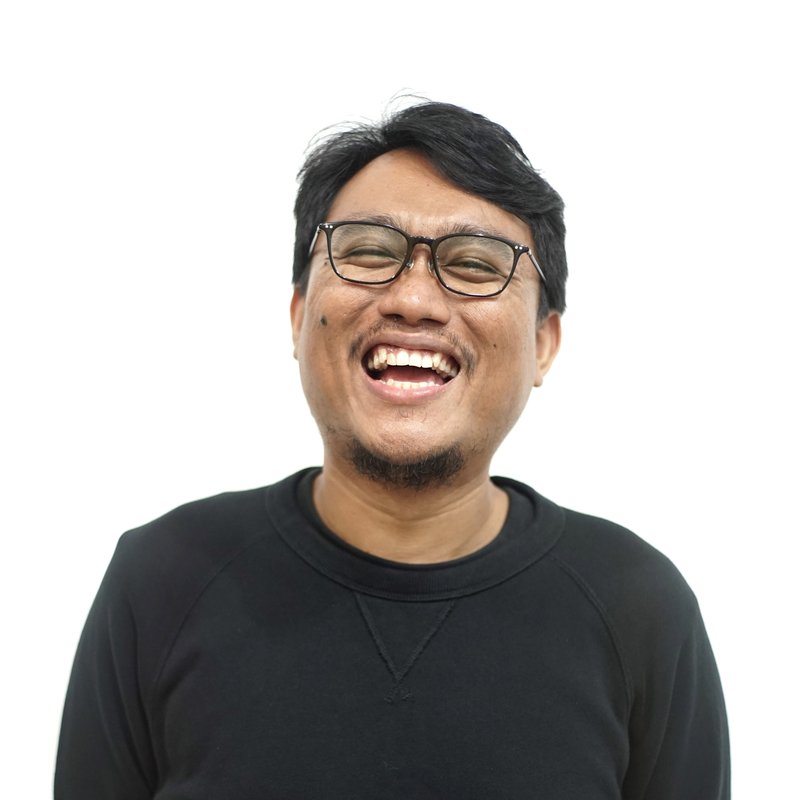Leonhard Bartolomeus

In 2022, 41 contemporary art curators, researchers, and museum directors from 24 different countries were awarded to attend the CIMAM 2022 Annual Conference. The CIMAM 2022 Annual Conference, titled "The Attentive Museum. Permeable Practices for a Common Ground", was held in Mallorca (Balearic Islands), Spain on 11–13 November, hosted by Es Baluard Museu d'Art Contemporani de Palma.
Leonhard Bartolomeus's Conference Report
This was my first time attending the CIMAM Annual Conference, so I had many expectations. I believe many people applied and were interested in the program and also CIMAM as an organisation itself. So, it was an honour to be given the opportunity to be involved as a conference participant through the Travel Grant program.
First and foremost, my most prominent reason for joining the event, I was intrigued by the theme of this year's conference, The Attentive Museum, Permeable Practices for a Common Ground. This theme is quite relevant to my work, even though the institution I work for is an art centre, not a museum. There were many opportunities to talk and exchange ideas with people who shared similar interests. This was a little more unique since the event was held after the pandemic. Overall, I enjoyed the event.
There were several interesting things that I noted during the event. The first is the conversation about self-governance - especially related to the work of institutions. I was interested in Meskerem Assegued Bantiwalu's presentation about Zoma Museum, mainly when she talked about the change process and work system there. Since most speakers were from well-established institutions, the conversation with the participants needed to be better developed to give a broader perspective. Secondly was the conversation about new narratives - especially concerning how museums can incorporate new issues and relax their rules to allow for more progressive conversations. The presentations by two artists, Sandra Gamarra Heshiki and Sethembile Msezane, specifically addressed this aspect from the perspective of artists working with museums. The third -perhaps the most interesting, in my opinion- was about community work and crises. All of the keynote speakers expressed their critical views on how art practice can play a role in community work as well as efforts to convey repressed voices in a crisis.
Apart from the keynote presentations, this event had some exciting sessions. The Networking session on the first day was enjoyable, but the time was quite limited. Instead of being able to talk several times comfortably, the participants had to speak loudly enough to be heard by the person in front of them. Maybe it was part of the concept, but it would have been nice if we had had the opportunity to talk to each other in a more comfortable situation.
Then there was the Workshop programme on the second day. This workshop was important as it allowed the participants to exchange ideas primarily related to the critical issues discussed in the morning by the keynote speakers. Unfortunately, this only happened once with minimal time. It wouldn't be right in a city as beautiful as Palma de Mallorca not to go on an excursion to see some of the creative spaces and cultural sites - it was quite a long walk, but it was well worth it.
Beyond that, of course, there was much conversation among the participants. I met many new friends who have lovely working practices. There are so many possibilities that I can do with the new network that I have gained in this programme. Over the next year, I will continue my project on how an arts institution can share its creative resources and become a more accessible space for the community around it; hopefully, there will be some new friends from this experience that I could bring into the conversation in my institution.